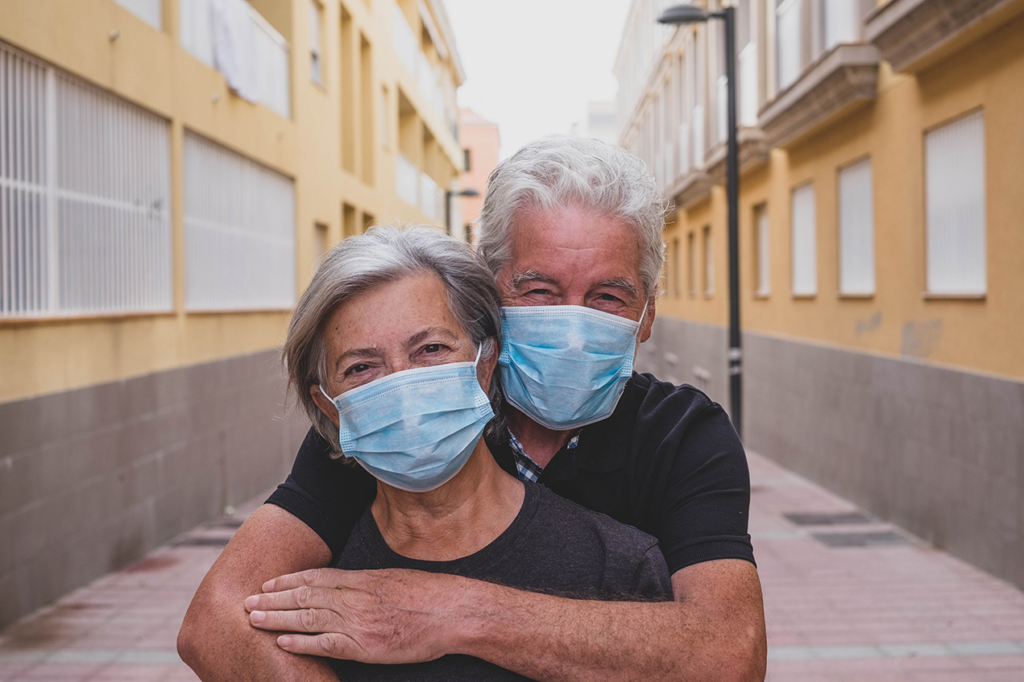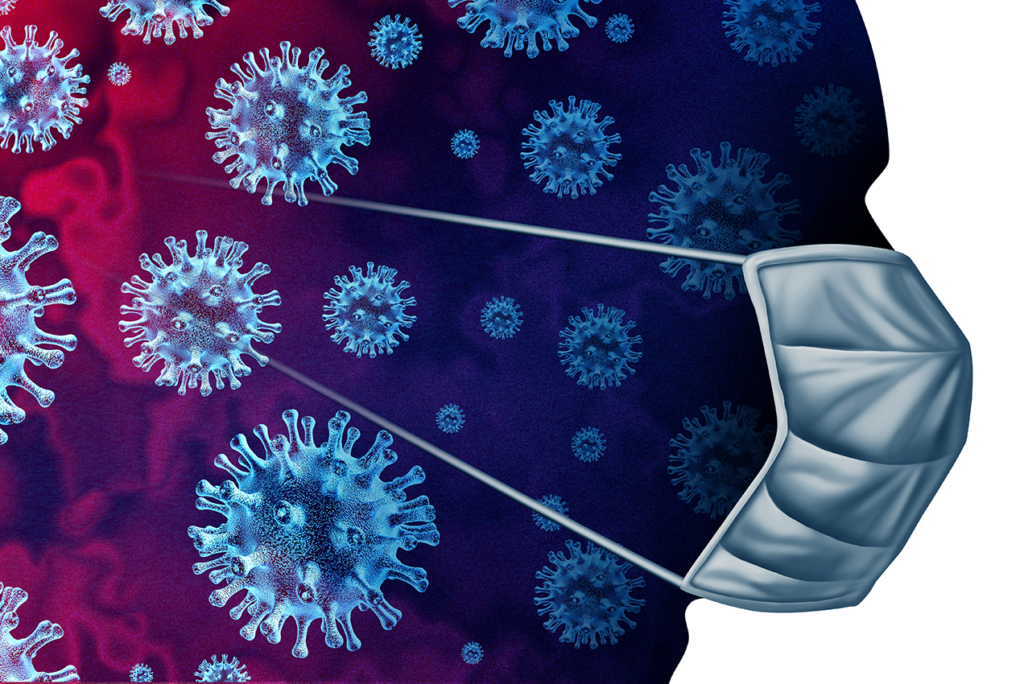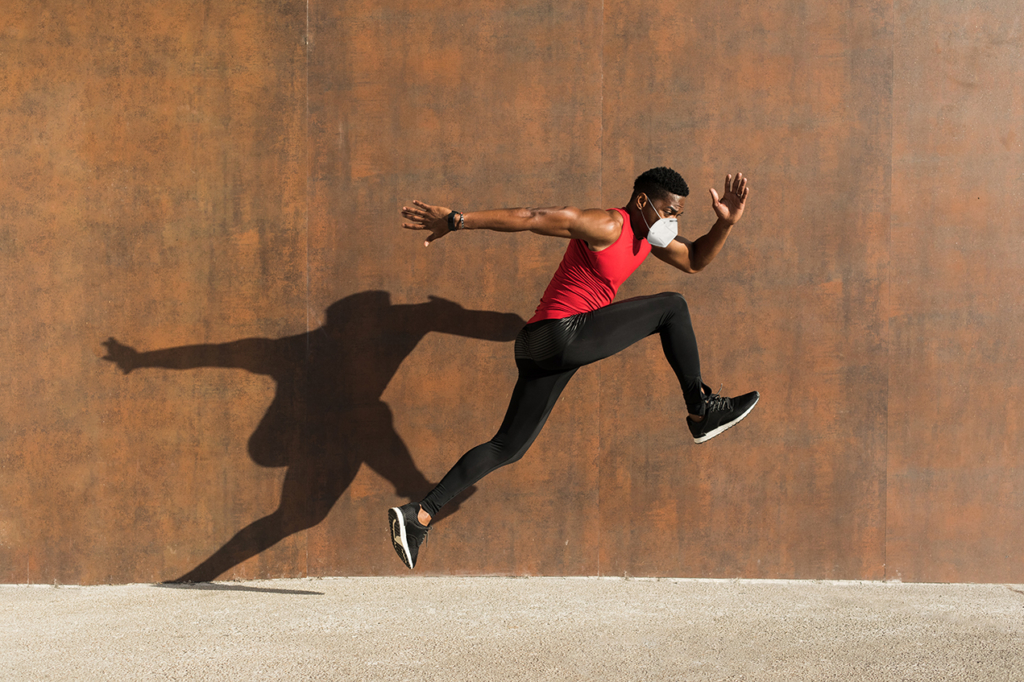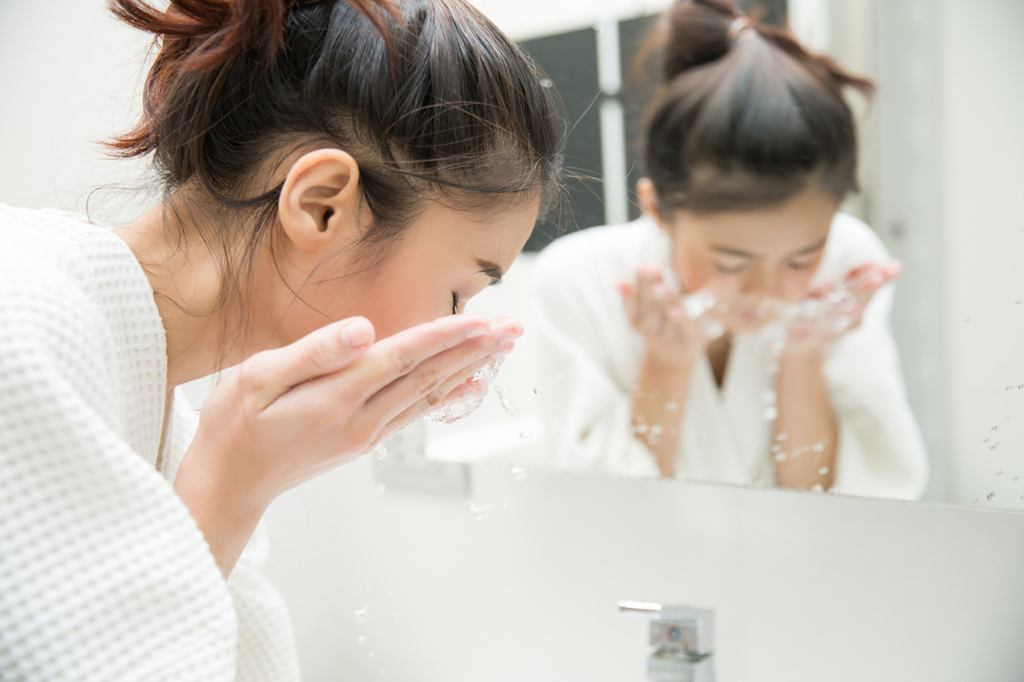As communities settle into a new normal, it has become clear that protective masks are an important part of life during the COVID-19 pandemic. Keck Medicine of USC experts recently shared advice on how the public can properly wear masks in their daily routines — and why it’s important to do so.
Face coverings can help slow the recent surges
Neha Nanda, MD, hospital epidemiologist and medical director of infection prevention and antimicrobial stewardship for Keck Medicine, stressed that wearing a mask in public is the best way to help slow the transmission rate of COVID-19 in the community.
“Masking is a sign of mutual respect, and those choosing not to wear a mask are putting people around them at risk, which ultimately contributes to the growing numbers of new cases,” she said.
Nanda expressed hope that masking will soon cease to be a divisive issue and will become just another part of the new normal.
“It will require a proactive effort on everyone’s part to modify our practices and make face masks a part of the culture so we can outsmart this virus.”

An expert breaks down how face coverings work
Edward Jones-Lopez, MD, MS, an infectious disease specialist with Keck Medicine, stressed that the droplets people exhale tend to spread outward in an invisible cloud. There’s no way for a person carrying the virus to control where these droplets go.
“The infectious particles that transmit SARS-CoV-2, the novel coronavirus that causes COVID-19 disease, are not laser-guided missiles,” he said. “By creating obstacles that prevent transmission, we can limit the spread of the disease.”
He listed the three easiest and cheapest ways to create obstacles against transmission:
- Increase ventilation – freely flowing air currents help droplets containing the virus to evaporate before they have a chance to infect others.
- Maintain safe distances from others – infected droplets are not likely to travel beyond six feet.
- Wear a face covering – they trap the droplets that leave the nose and mouth when a person exhales.
Jones-Lopez also stressed the importance of washing face masks after every use, whether by hand or in the laundry.

It isn’t the mask, but the intensity of exercise
Some members of the public are under the false impression that wearing a mask compromises oxygen intake. This has led to the myth that it isn’t safe to exercise while wearing a face covering. But Vivian Mo, MD, a cardiologist with Keck Medicine and chief medical officer of USC Care Medical Group, explained that this just isn’t true. Rather, the problem is more likely a wide-spread tendency to over-exercise.
“Face coverings should allow you to stay safe and still maintain a healthy flow of oxygen, so if you feel lightheaded or too short of breath, you should decrease your exercise intensity,” she explained.

Good hygiene prevents mask-related acne, or “maskne”
Another argument against face masks is that wearing them can cause breakouts. Nada Elbuluk, MD, a dermatologist with Keck Medicine and the director of the USC Skin of Color and Pigmentary Disorders Program, explained that “maskne” can be prevented by wearing breathable fabrics and keeping one’s face and masks clean.
“We recommend avoiding makeup, toners and harsh scrubs,” she added. “If your skin’s condition is worsening or not improving, set up an appointment with a board-certified dermatologist for further evaluation and treatment.”

How to approach the heated debate over masks
Andrew Lakoff, PhD, a professor of sociology at USC Dornsife College of Letters, Arts and Sciences, noted that mask-wearing has become an unfortunately divisive issue in the United States.
“Political polarization is colliding with a crisis of expertise and a long strain of suspicion of government intervention,” he explained. “It’s all contributing to the difficulty of getting some people to engage in a simple public health measure of mask-wearing in public.”

Steven Siegel, MD, PhD, a psychiatrist with Keck Medicine and chair of the Department of Psychiatry and Behavioral Sciences at the Keck School of Medicine of USC, understands how this can make some people feel uncomfortable or even unsafe wearing a mask in some public situations.
“If you are anxious about being outside around other people who do not wear masks, you can cross the street or move to the side,” he offered. “Focus your effort where it belongs. We have power over our own choices and behavior, but we cannot control the rest of the world.”
— Mary Dacuma


